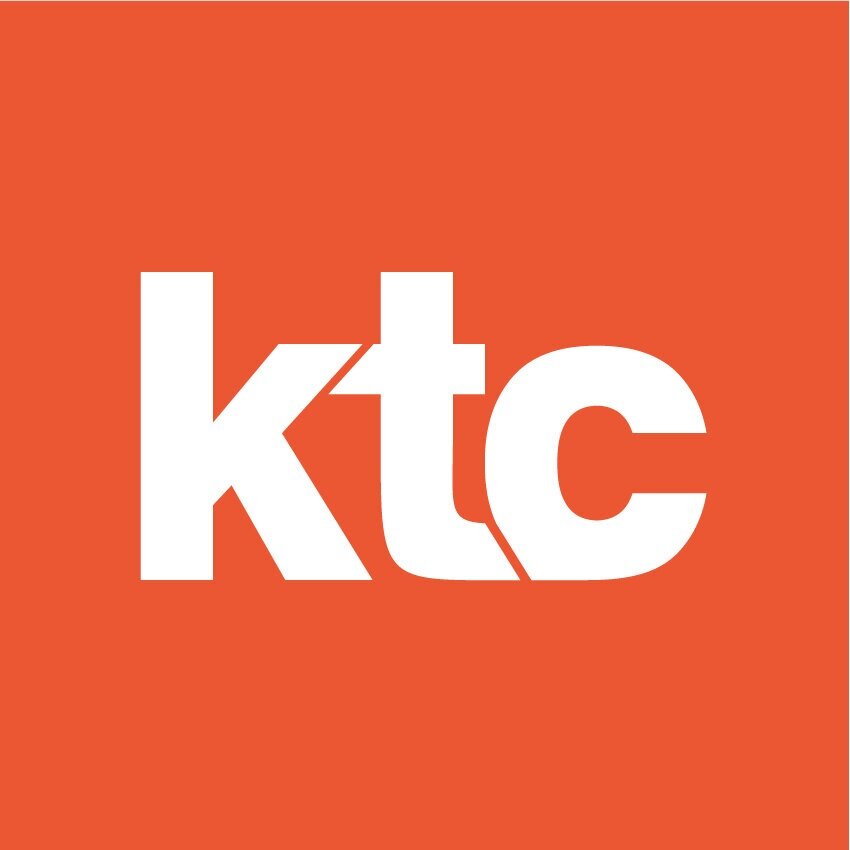The Illusion of Convenience: Why ChatGPT and Technology Can't Replace the Human Touch in Healthcare
The healthcare industry has always been at the forefront of technological advancements, with the promise of better healthcare outcomes and increased accessibility. However, the misuse of technology in healthcare has been a growing concern, particularly with the over-reliance on chatbots and virtual assistants to diagnose medical conditions.
ChatGPT, a language model that uses machine learning to generate responses to natural language queries, has been lauded for its potential to provide patients with quick access to medical advice. However, the overpromise of ChatGPT to create more access for patients to the right answers on their health problems may not necessarily lead to better health outcomes.
The truth is that a more human approach is needed in healthcare, where doctors use dialogue to deeply understand patients to arrive at the right diagnosis. According to a study published in the Journal of General Internal Medicine, physicians who used patient-centered communication were more likely to arrive at the correct diagnosis than those who did not. The study found that doctors who actively listened to patients, asked open-ended questions, and showed empathy were more likely to make the correct diagnosis.
Furthermore, despite the convenience offered by technology, younger generations still expect to talk to real doctors. According to a survey by the American Medical Association, over 60% of Gen-Z respondents preferred to receive healthcare services from a physician rather than a virtual assistant or chatbot. This suggests that while younger generations are looking for convenience, they still value the human touch in healthcare.
ChatGPT can be used to channel patients faster to the right expert, but it should never be abused by creating an additional barrier in a healthcare system that has already failed to deliver results with a human touch. According to a study by the Journal of Medical Internet Research, patients who used chatbots to seek medical advice experienced higher levels of frustration and dissatisfaction than those who received advice from a human doctor.
As Dr. Adam J. Schoenfeld, a physician and health services researcher at the University of California, San Francisco, notes: “AI and chatbots may be useful as one part of a medical team, but they cannot replace the human touch of a physician or the value of the relationship between a patient and their doctor.”
In conclusion, while technologies like Chat-GPT have the potential to create more access, more convenience and better care, they may very well do the opposite when applied in the wrong way. They should never be used as a substitute for human interaction or a way of creating more filters for patients to run through, when trying to reach a professional.
Instead, healthcare professionals should use technology to enhance their abilities to communicate with patients and improve healthcare outcomes. Ultimately, the key to better healthcare outcomes lies in a collaborative approach that values the input of patients and a deep holistic look at their problems, instead of creating systems where real experts hide behind chatbots, IVR's, voice-mails and doctor's assistants to reduce burden and cut system costs.

